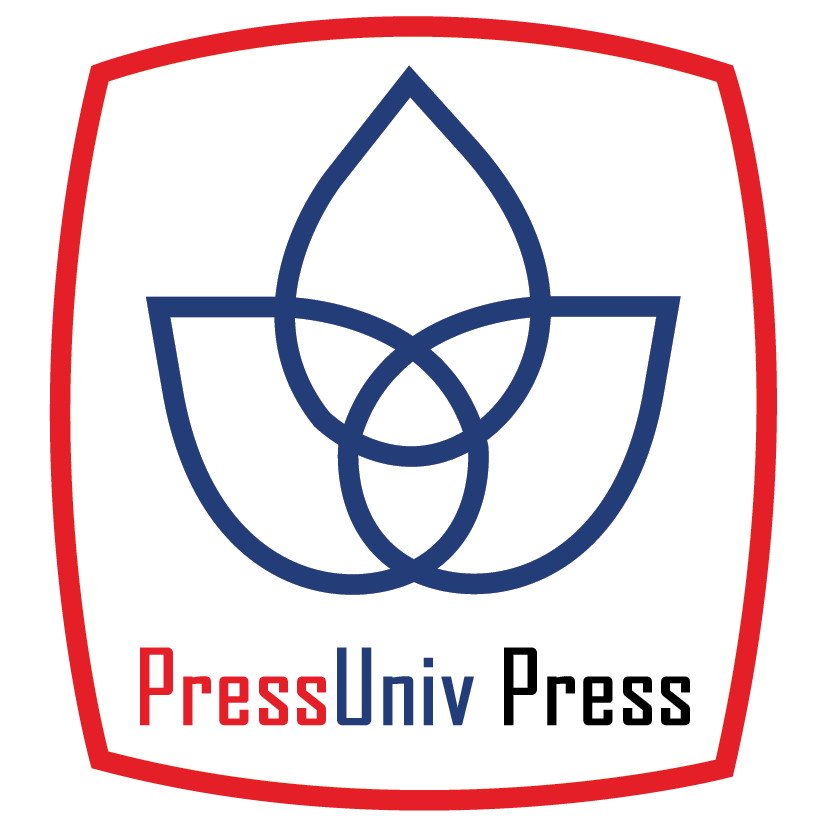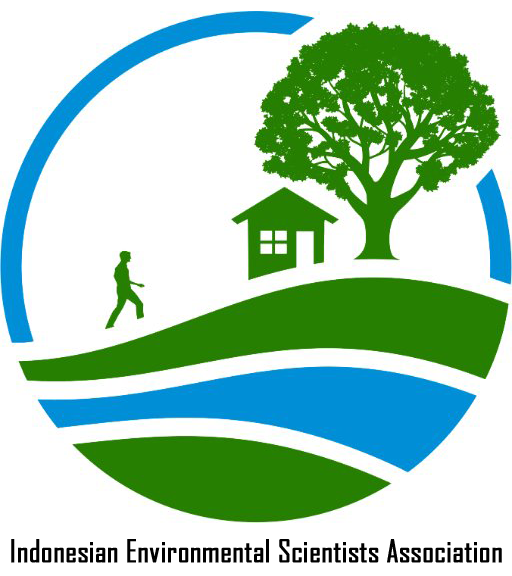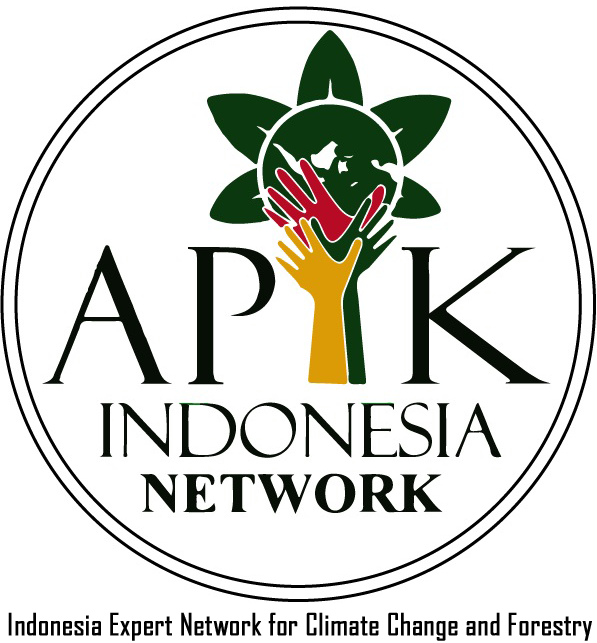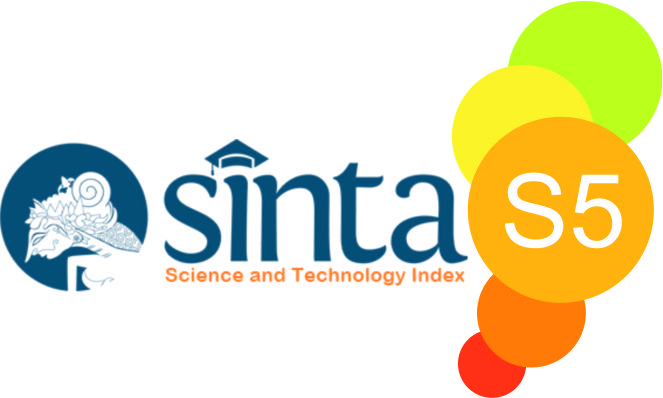Priorities in The Phasing Design of Rangkasbitung Sub-District Sewerage System
Abstract
Keywords
Full Text:
PDF (Bahasa Indonesia)References
Babbitt, Harold E. (1922). Sewerage and Sewage Treatment. John Wiley & Sons, Inc. New York.
Central Agency Lebak Regency. (2020). Rangkasbitung Sub-District in Figures in 2020. Available online at: https://lebakkab.bps.go.id (accessed April 20, 2021).
Daulay, Nurul Ramayanti. (2007). Perencanaan Pipa Induk Sistem Penyaluran Air Buangan di Kawasan Delta Mas – Cikarang Pusat. (Undergraduate Thesis). Trisakti University, Jakarta.
Directorate General of Human Settlements Public Works Department. (1996). Planning Criteria for the Directorate General of Human Settlements of the Public Works Service. Jakarta: Public Works Department.
Geospatial Information Agency. (2017). Lebak Regency SHP data. Available online at: https://tanahair.indonesia.go.id (accessed May 21, 2021).
Irena, Nancy. (2004). Perencanaan Pipa Induk Penyaluran Air Buangan Kota Serang, Banten Sampai Tahun 2025. (Undergraduate Thesis). Trisakti University, Jakarta.
Lebak District Government. (2014). Lebak Regency Regional Regulation Number 2 of 2014 concerning Lebak Regency Spatial Planning 2014 – 2034. Lebak Regency Regional Government.
Siregar, Shaula. (2002). Perencanaan Sistem Penyaluran Air Buangan di Kota Tangerang Tahun 2000 – 2020. (Undergraduate Thesis). Trisakti University, Jakarta.
Sourabh, N., & Timbadiya, PV (2018). Hydraulic and Condition Assessment of Existing Sewerage Network: A Case Study of an Educational Institute. Journal of The Institution of Engineers (India): Series A, 99(3):555–563. https://doi.org/10.1007/s40030-018-0296-5.
Tjokrokusumo KRT. (1999). Pengantar Enjiniring Lingkungan. Sekolah Tinggi Lingkungan Hidup YLH. Yogyakarta.
Yunus, Hadi Sabari. (2001). Struktur Tata Ruang Kota. Yogyakarta: Pustaka Pelajar.
DOI: http://dx.doi.org/10.33021/jenv.v8i1.3850
Copyright (c) 2023 Lani Oktaviani, Ramadhani Yanidar, Lailatus Siami

This work is licensed under a Creative Commons Attribution-ShareAlike 4.0 International License.
Journal of Environmental Engineering and Waste Management Published by PresUniv Press, in collaboration with IESA and APIK Indonesia Network




